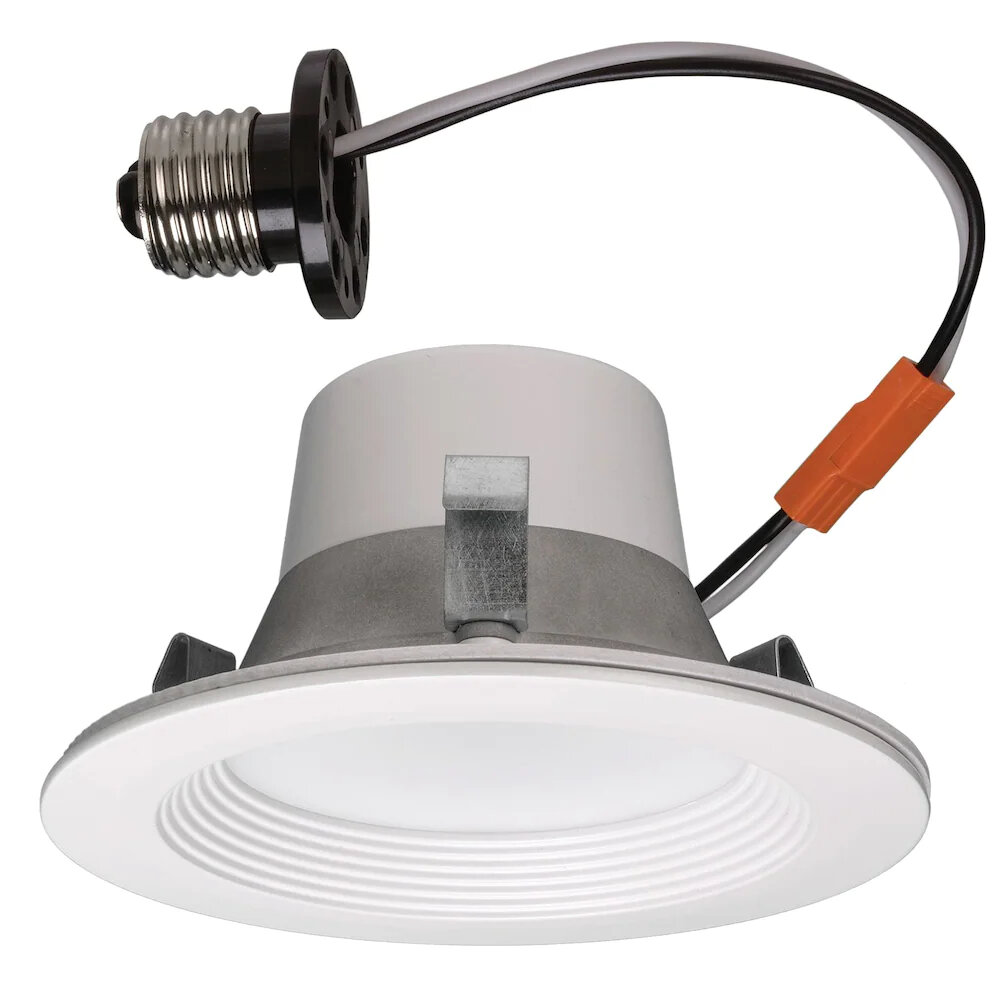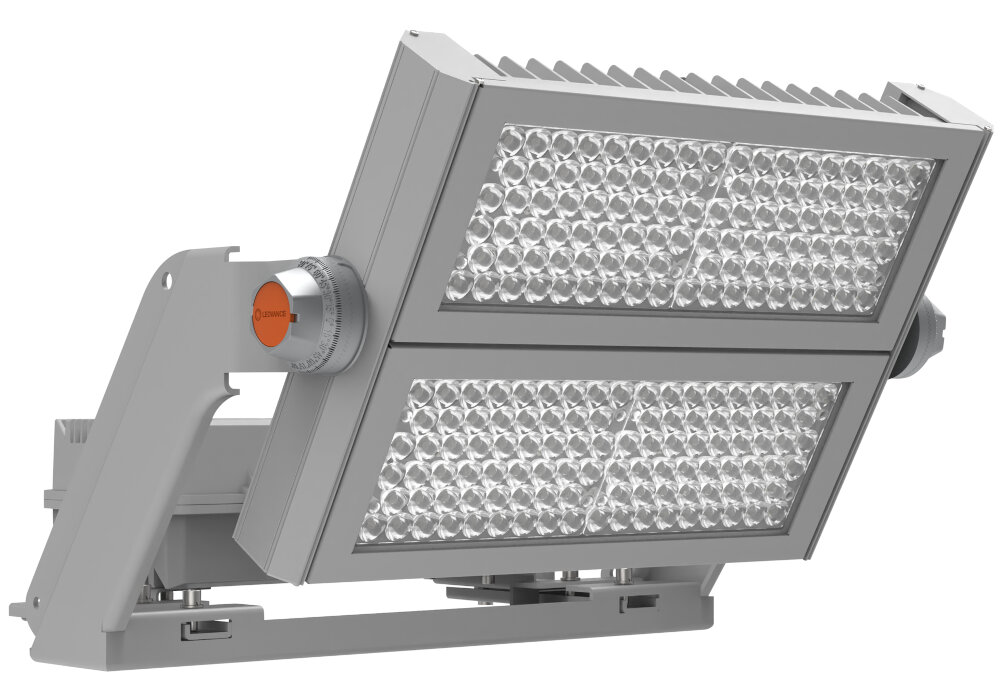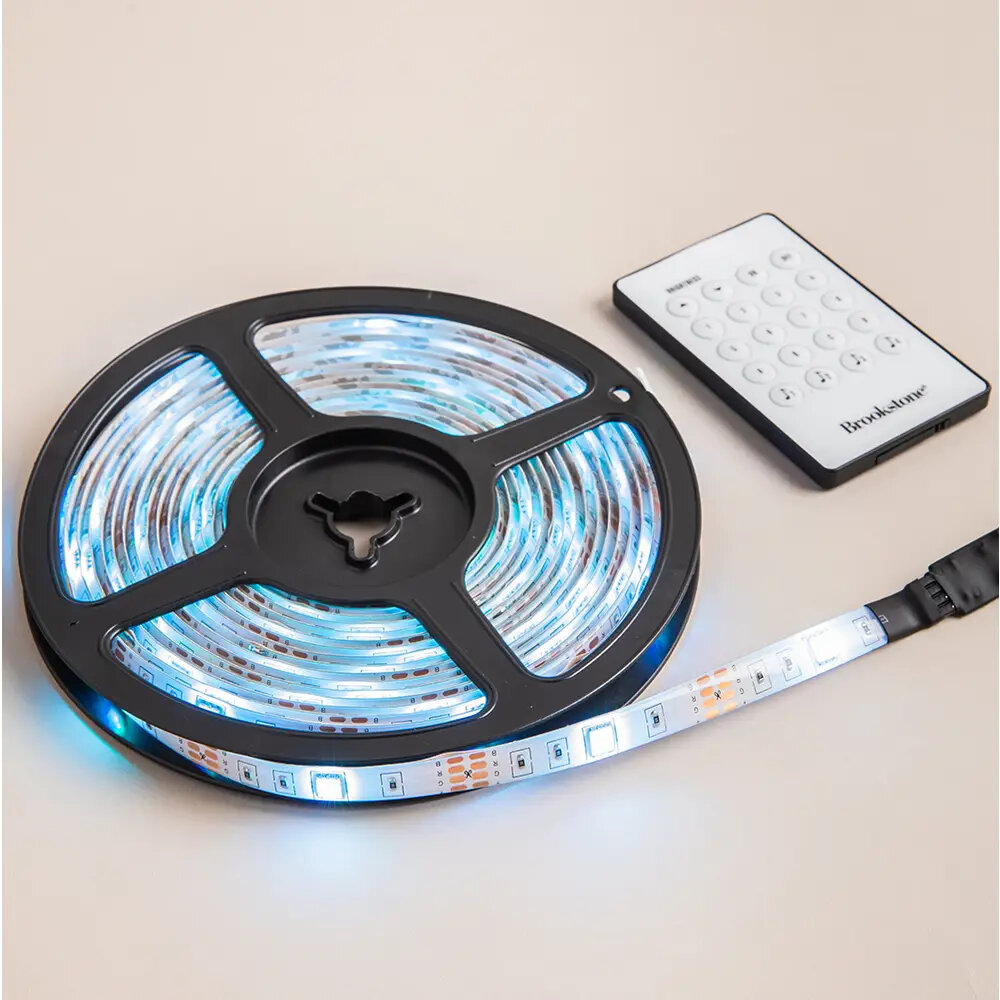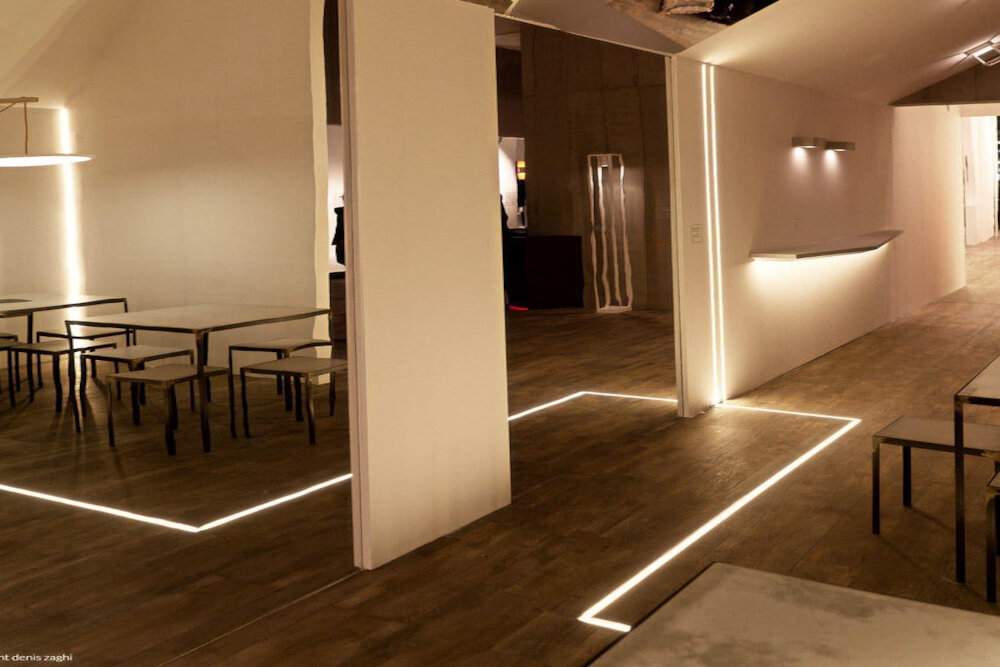Flickering LED Lights: Understanding the Meaning Behind the Annoying Blinking

Flickering LED lights are a common issue that many people face with their electronic devices. Whether it’s a TV, computer monitor, or even a light bulb, the blinking can be both frustrating and distracting. However, what many people don’t realize is that the flickering could be a sign of a deeper issue that needs to be addressed. Understanding the meaning behind the blinking can help you identify the root cause of the problem and take the necessary steps to fix it. LEDs, or light-emitting diodes, have become increasingly popular in recent years due to their energy efficiency and durability. However, they are not immune to problems, and flickering is one of the most common issues people experience. The flickering can be caused by a variety of factors, including faulty wiring, a damaged LED driver, or an issue with the power source. In some cases, it could even be a sign of a more serious electrical problem that needs to be addressed by a professional. By delving deeper into the issue, you can gain a better understanding of what’s causing the flickering and how to solve it.
LED lights, or Light Emitting Diodes, are a popular and energy-efficient lighting option that has gained immense popularity in recent years. Unlike traditional incandescent bulbs, LED bulbs produce light by passing an electrical current through a semiconductor material, which emits photons of light. LED lights are available in a variety of colors and are commonly used for both indoor and outdoor lighting applications, such as in homes, offices, streets, and automobiles. While LED lights are known for their energy efficiency and long lifespan, they can sometimes be prone to flickering, which can be caused by a variety of factors such as voltage fluctuations, dimmer switches, or faulty wiring.
Flickering lights can be quite annoying and frustrating, especially when you’re trying to focus on a task or relax after a long day. It can also be a sign of an underlying electrical problem that needs to be addressed immediately. Flickering lights are caused by a variety of factors, including voltage fluctuations, faulty wiring, and faulty light bulbs. In the case of LED lights, flickering can be caused by the LED driver, which regulates the amount of power supplied to the LED. If you’re experiencing flickering lights, it’s important to diagnose the cause as quickly as possible to prevent further electrical issues or potential hazards.
Understanding Flickering LED Lights

Flickering LED lights can be frustrating and irritating, especially when they are supposed to stay on continuously. The phenomenon of flickering LEDs can be caused by a variety of factors, including voltage fluctuations, insufficient power supply, damaged wiring, or simply a faulty bulb. The flickering of LED lights can be a sign that there is an underlying issue with the electrical system or wiring, and it’s important to address these issues promptly to ensure safety and prevent further damage. One of the most common causes of flickering LED lights is voltage fluctuations in the electrical system. This can be caused by a range of factors, including electrical surges, power outages, or fluctuations in the power grid. Voltage fluctuations can cause LED lights to flicker or even turn off completely, and they can be particularly problematic in areas with unstable electrical systems. In some cases, the flickering of LED lights can also be caused by a faulty power supply, which may need to be replaced to prevent further damage to the electrical system. Ultimately, understanding the causes of flickering LED lights is key to addressing the issue and ensuring that your electrical system remains safe and reliable.
Flickering LED lights are a common issue that can be caused by various factors. One of the most common causes is voltage fluctuations, which can occur due to faulty wiring, power surges, or even the use of incompatible dimmer switches. Another culprit may be the LED driver, which regulates the amount of power supplied to the LED. If the driver is of poor quality, it may cause the LED to flicker or even fail prematurely. Additionally, environmental factors such as temperature changes or exposure to moisture can also cause flickering. It is important to identify the root cause of the problem in order to properly address it and prevent the annoyance and potential damage that flickering LED lights can cause.
Flickering LED lights can have a detrimental effect on both the eyes and brain. The flicker rate of LED lights is much faster than traditional incandescent bulbs and this can cause visual discomfort, fatigue and headaches. The rapid on/off cycles can also trigger seizures in people with epilepsy. Moreover, the flickering light can disrupt the brain’s ability to process information, leading to decreased concentration and cognitive performance. In addition, the blue light emitted by LEDs can interfere with sleep patterns, causing insomnia and other sleep disorders. It is important to choose LED lights with a high quality driver that reduces flicker and glare to minimize these negative effects.
To measure flickering, you need to use a flicker meter. This device measures the intensity and frequency of the light source and calculates the flicker index, which is a measure of the amount of flicker present. The flicker index is expressed as a percentage, with 0% indicating no flicker and 100% indicating a very high level of flicker. It is important to measure flickering because it can cause discomfort and even health problems in some individuals, such as headaches, eye strain, and even seizures. Additionally, flickering can affect the performance of some equipment, such as cameras and sensors, so it is important to ensure that the lighting is stable and flicker-free.
Flickering LED Lights and Health

Flickering LED lights can be a significant health risk, especially for people who suffer from photosensitive epilepsy. These individuals are highly sensitive to flashing lights and may experience seizures triggered by the flicker rate of LED lights. Research has shown that flicker rates between 3 and 70 hertz can trigger seizures in people with photosensitive epilepsy. LED lights can flicker at high rates, making them a potential hazard for people with this condition. Additionally, flickering LED lights can cause eye strain, headaches, and migraines in some individuals, making them uncomfortable and potentially leading to further health issues. In addition to the potential health risks, flickering LED lights can also be distracting and frustrating. They can interfere with concentration, making it difficult to focus on tasks or activities. Flickering lights can also be a significant source of annoyance, causing stress and irritation, especially for people who are sensitive to light. To avoid these issues, it’s essential to choose LED lights with a low flicker rate and to ensure that they are installed correctly. By taking these steps, you can enjoy the benefits of LED lighting without the health risks and distractions associated with flickering lights.
Flickering LED lights can have a significant impact on human health, causing a range of physical and mental health issues. Prolonged exposure to flickering lights can cause headaches, eye strain, and fatigue. It can also trigger seizures in individuals with photosensitive epilepsy. The constant blinking of lights can disrupt the natural sleep-wake cycle, leading to insomnia and other sleep disorders. Additionally, flickering lights can cause anxiety, stress, and mood swings in sensitive individuals. Therefore, it is important to address the issue of flickering lights to prevent these negative effects on human health.
Flickering LED lights can be highly irritating and potentially harmful, especially for people who suffer from headaches and migraines. The rapidly changing light intensity can trigger a headache or migraine attack by overstimulating the brain’s visual cortex. This can quickly lead to symptoms such as throbbing pain, nausea, and sensitivity to light and sound. In severe cases, it can even cause seizures. Therefore, it is essential to be aware of the potential health risks associated with flickering LED lights and take appropriate measures to avoid or minimize their effects. This may include using a lamp with a stable light source, avoiding environments with flickering lights, or seeking medical advice if you experience frequent headaches or migraines.
Flickering LED lights can have a significant impact on sleep and circadian rhythm. Exposure to these lights can disrupt the body’s natural sleep-wake cycle, leading to difficulty falling asleep and staying asleep. This is because the brain interprets the flickering light as daylight, suppressing the production of the hormone melatonin, which is responsible for regulating sleep. This disruption of the circadian rhythm can lead to mood changes, decreased cognitive function, and increased risk of health issues such as obesity, diabetes, and cardiovascular disease. Therefore, it is important to be aware of the potential impact of flickering LED lights and take steps to reduce exposure, such as using blackout curtains, avoiding electronic devices before bed, and choosing lighting with a stable, non-flickering source.
Flickering LED Lights and Safety

Flickering LED lights are a common problem that can cause annoyance and even safety hazards. When an LED light flickers, it means that the light is turning on and off rapidly, often in a way that is not noticeable to the naked eye. This can be caused by a variety of factors, including faulty wiring, a bad switch, or an incompatible dimming system. While flickering LED lights may seem like a minor annoyance, they can actually pose serious risks to your health and safety. One of the primary dangers of flickering LED lights is that they can trigger seizures in people with photosensitive epilepsy. This condition is characterized by a heightened sensitivity to flashing lights and can cause seizures, headaches, and other symptoms. In addition, flickering LED lights can also cause eye strain, migraines, and other health problems. If you have noticed that your LED lights are flickering, it is important to take steps to address the issue as soon as possible to ensure your safety and well-being. This may involve consulting with an electrician or swapping out your existing LED lights for a different model that is less prone to flickering.
Flickering lights can pose a significant safety risk, particularly in public areas such as streets, parking lots, and commercial buildings. The irregularity of the light can cause disorientation, which can lead to accidents, especially for those with visual impairments or medical conditions that make them more susceptible to dizziness or seizures. Additionally, flickering lights can create a sense of unease, making people feel less secure in their surroundings. It is essential to address the problem of flickering lights promptly by replacing or repairing defective bulbs or fixtures to ensure the safety and wellbeing of those who rely on them.
Flickering LED lights can be more than just an annoyance; they can also be a potential hazard leading to accidents and falls. The constant blinking of lights can cause eye strain, headaches, and dizziness, which can increase the risk of trips and falls. Additionally, flickering lights can create an illusion of movement, making it difficult for individuals to judge distances and spatial awareness. This can be particularly dangerous in areas such as staircases or uneven surfaces where misjudging distance can lead to a fall. It is important to address any flickering lights promptly to prevent potential accidents and ensure that the environment is safe and secure for all.
The effects of flickering LED lights on vision and perception can be varied and significant. Prolonged exposure to these lights can cause eye strain, headaches, and even migraines. This is due to the flicker rate, which can cause visual discomfort and disrupt the natural rhythm of the eyes. Additionally, flickering lights can affect depth perception and make it more difficult to judge distances accurately. This can be especially dangerous in situations such as driving or operating heavy machinery. Overall, it is important to be aware of the potential impacts of flickering LED lights on vision and perception, and take steps to minimize exposure or mitigate their effects.
Solutions for Flickering LED Lights

Flickering LED lights can be a real annoyance, especially if they are installed in a space where you need consistent lighting. Fortunately, there are several solutions to this problem. Firstly, the issue can be caused by a faulty driver, which is responsible for regulating the amount of power that is supplied to the LED. If this is the case, you can replace the driver with a new one. Alternatively, you can install a resistor in series with the LED, which will help to stabilize the voltage and reduce the flickering. Another solution is to use a dimmer switch that is specifically designed for LED lights. This will help to regulate the power supply and prevent flickering. Another common cause of flickering LED lights is a loose connection. This can occur if the wires are not properly connected, or if the LED is not securely mounted. To fix this, you should check all of the connections and ensure that they are tight. You may also need to replace any damaged wires or connectors. If the LED is not securely mounted, you can try tightening the screws or replacing the mounting bracket. Finally, it is important to ensure that the LED is compatible with the fixture that it is installed in. If the LED is not designed to work with the fixture, it may flicker or not work at all. In this case, you will need to replace the LED with one that is compatible with the fixture.
Flickering LED lights can be extremely annoying and can lead to headaches, eye strain, and even seizures in some cases. To prevent flickering, there are a few steps that you can take. First, ensure that you are using LED lights that are of high quality and have been certified by reputable organizations. Secondly, avoid using dimmer switches with LED lights, as they can cause flickering. Additionally, you can adjust the brightness of your LED lights to a level that is comfortable for your eyes. Lastly, ensure that your LED lights are properly installed and are not experiencing any voltage fluctuations, which can cause flickering. By taking these simple steps, you can prevent flickering and enjoy the benefits of LED lighting without any annoying blinking.
Filters and regulators play a crucial role in addressing the issue of flickering LED lights. The use of filters, such as capacitive filters and inductive filters, can reduce high-frequency noise and electromagnetic interference that causes flicker. Regulators, on the other hand, help to stabilize the voltage and current supply to the LED, preventing fluctuations that can cause flicker. These devices work hand-in-hand to ensure a steady and consistent power supply to the LED, resulting in a smoother and more reliable lighting experience. By incorporating filters and regulators into LED lighting systems, the annoying blinking and flickering can be eliminated, providing a more comfortable and visually pleasing environment.
The replacement of fixtures or bulbs is a common solution to address flickering LED lights. When dealing with flickering lights, it is important to first identify the root cause, which may be due to a faulty bulb or an incompatible fixture. If the bulb is the culprit, replacing it with a new one can resolve the issue. On the other hand, if the fixture is incompatible with the bulb, replacing the fixture with one that is compatible can solve the problem. It is crucial to ensure that the new bulb or fixture is of high quality and matches the specifications of the existing lighting system to avoid future issues.
The article \Flickering LED Lights: Understanding the Meaning Behind the Annoying Blinking\ delves into the various reasons why LED lights flicker, which can be both annoying and concerning for individuals. The article explains that flickering can be attributed to the power source, the LED driver or controller, the bulb itself, or external factors such as voltage fluctuations or electromagnetic interference. The article also highlights the potential health risks associated with LED flickering, including headaches and eye strain. Finally, the article offers some tips for fixing flickering LED lights, such as replacing the bulb or installing a voltage stabilizer. Overall, the article provides valuable insights for anyone dealing with the frustrating issue of flickering LED lights.
Addressing flickering LED lights is crucial in ensuring the safety and comfort of individuals who rely on them for illumination. Flickering lights can cause visual strain and headaches, especially for those with sensitive eyes. They can also trigger seizures in people with photosensitive epilepsy. Additionally, flickering lights can be a sign of an underlying electrical issue that could potentially lead to a fire or other hazardous situations. It is important to identify and address the cause of the flickering promptly to prevent further damage and potential danger. Therefore, it is imperative to prioritize flickering LED lights and address them as soon as possible to ensure the safety and well-being of those who rely on them.
In conclusion, flickering LED lights can be a real nuisance and can have various causes ranging from poor electrical connections to voltage fluctuations. However, understanding the underlying causes and taking appropriate measures can help resolve the issue. If the flickering is caused by voltage fluctuations, installing voltage stabilizers or UPS systems can be a solution. Replacing poor quality bulbs or repairing faulty wiring can also help mitigate the problem. Additionally, regular maintenance and inspection of electrical systems can prevent such issues from occurring in the first place. Therefore, it is recommended to address the problem as soon as possible to prevent further damage and inconvenience.
Conclusion

In conclusion, flickering LED lights can be a frustrating and annoying experience for many individuals. However, it is important to understand that this phenomenon is often indicative of underlying electrical issues or problems with the LED bulbs themselves. By taking the time to investigate the root cause of the flickering, individuals can potentially save themselves from more serious electrical problems down the line. Whether it be loose wiring, incompatible dimmer switches, or faulty bulbs, identifying and addressing the source of the flickering is crucial for maintaining a safe and functional home or workspace. So next time you encounter those pesky blinking lights, don’t just ignore them – take action and protect your electrical system from further damage.




